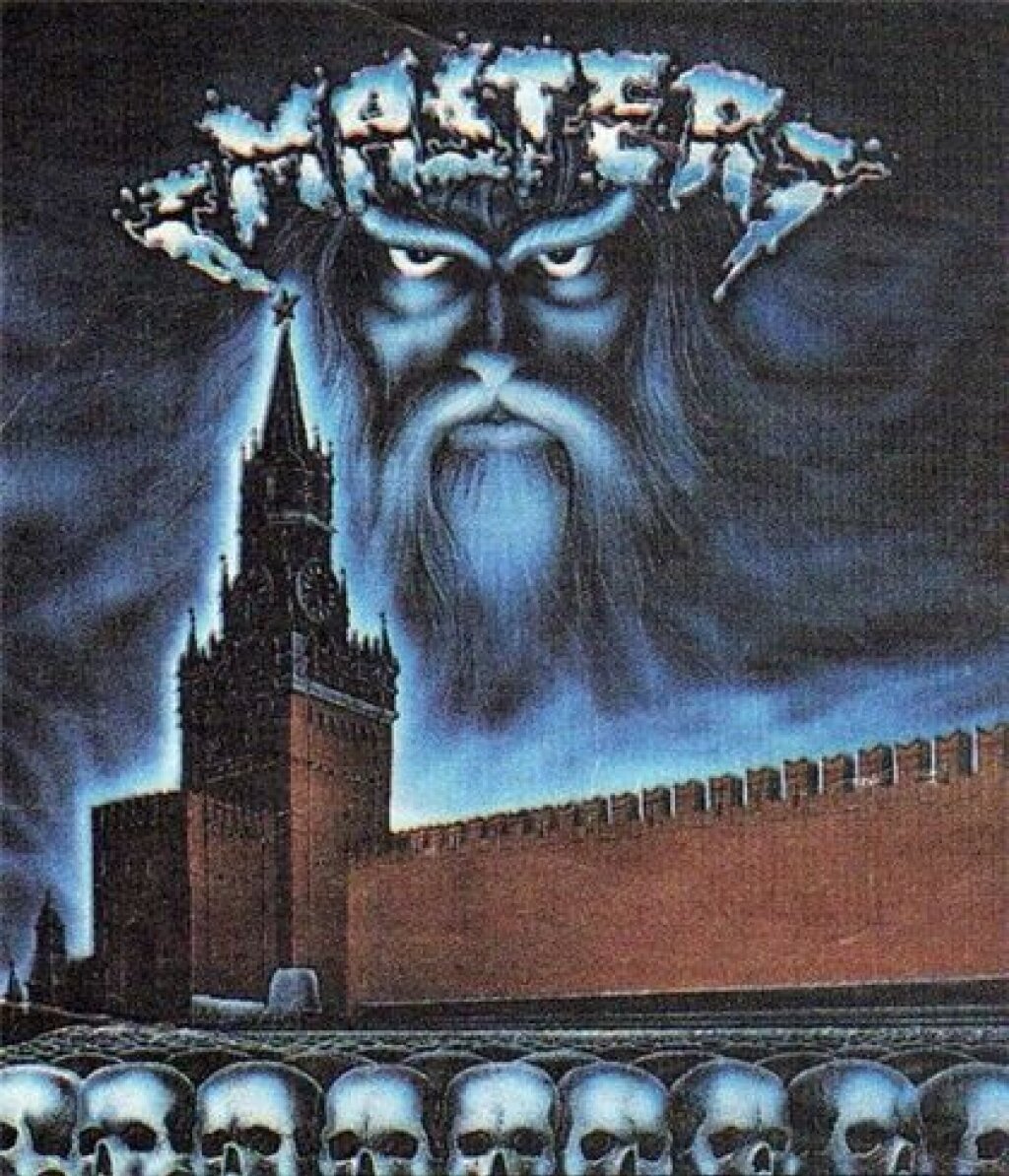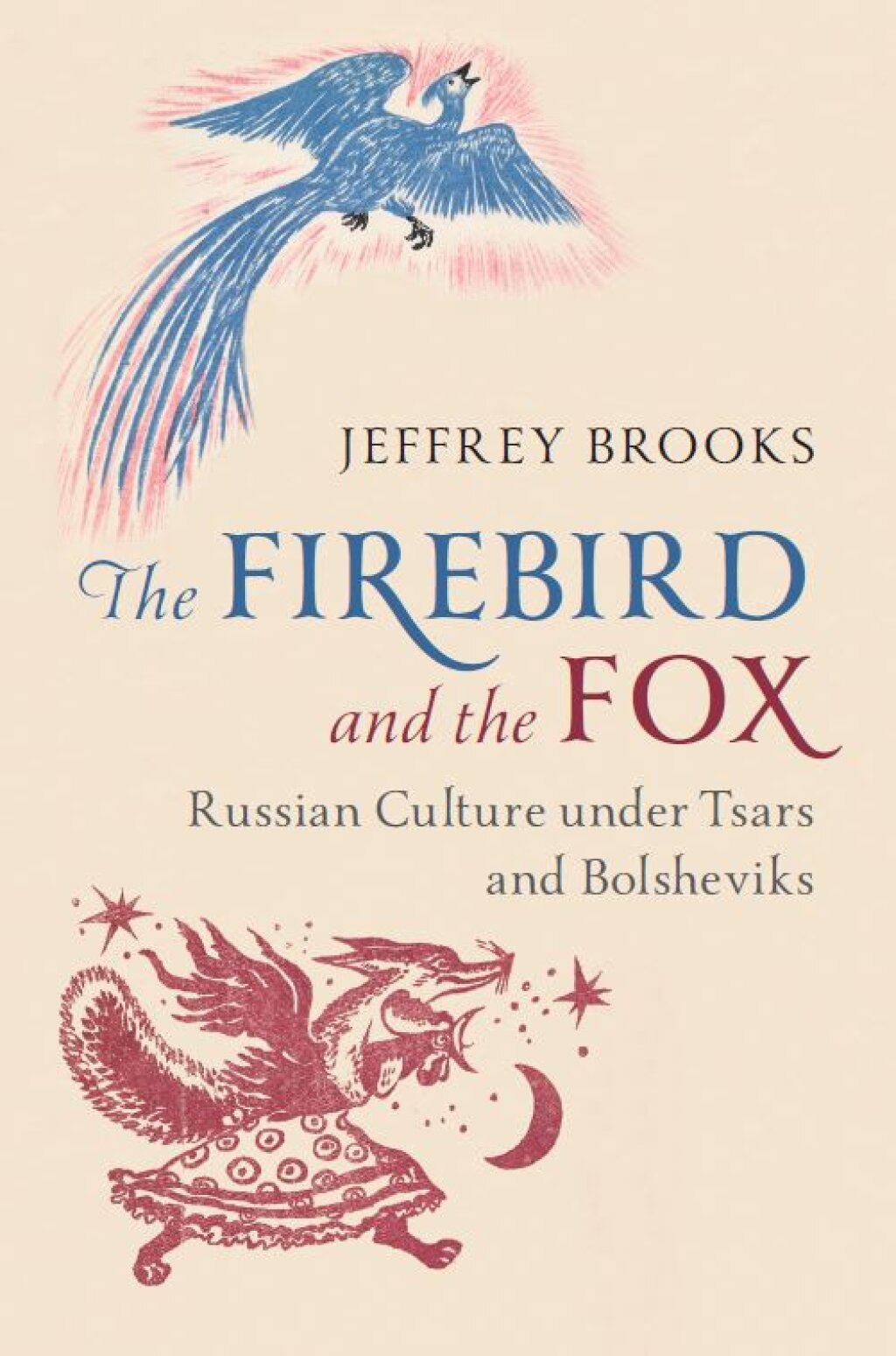This post is part of Chapter e of Russia’s Alien Nations: The Secret Identities of Post-Socialism, an ongoing feature on All the Russias. It can also be found at russiasaliennations.org. You can also find all the previous entries here.
An earlier version of part of this chapter was originally featured on plostagainstrussia.org, as Chapter Four. It was not included in the final manuscript.
When a film has millions of viewers, those millions of viewers are not all watching the same film. We all bring our own baggage to any text that confronts us, and we all pay attention differently to different things.
Scholars of media long ago abandoned the mid-twentieth-century assumption that audiences passively received the messages transmitted to them, instead focusing on the ways in which diverse audiences encounter a media object in order to create or wrest meanings for themselves. This is most starkly the case when the implied audience and the actual audience diverge: LGBT audiences and people of color, for instance, might use the lack of characters for obvious identification constructively, reading allegorically in a way to reclaim a space for themselves in stories ostensibly not about them (as in the case of American gay men’s appropriation of The Wizard of Oz).
The grand dualistic fantasy entertainments I’ve mentioned so far (Star Wars, Lord of the Rings, Harry Potter) are inherently reassuring to Anglo-Saxon audiences, as the heroes act according to familiar cultural scripts, and, in the first two cases, are coded to be essentially stand-ins for Americans or Brits, while in the third, they simply are British. This does not mean that international audiences cannot identify with the heroes; quite obviously, they can. But when we step away from the individual characters to the general framework in which they operate, obviously geopolitical allegories can become obstacles.
To some Russian audiences, the villains start looking uncomfortably…Russian. Or, in a pinch, Soviet (a distinction Western entertainment was never particularly good at maintaining in any case). In his 1986 study The Conveyer Belt of Dreams and Psychological Warfare (“Конвейр грез и психилогическая война”), Kirill Razlogov warns his readers (most of whom had probably not had the chance to see the films yet) that the Star Wars trilogy must be seen in the context of Western propaganda:
It cannot be ruled out that, under the conditions of anticommunist hysteria, in the West the “black star” [Death Star?]…. may appear to the mass audience as the center of “world communism”—“the evil empire,” according the US president’s famous phrase. Such an interpretation is supported by the television productions and films where in similar space adventures the villains are quite simply KGB agents, and the protectors of ‘innocence” are 100-percent Americans from the CIA. (Quoted in Artemov, "'Zvezdnye voiny' v SSSR. Obzor sovetskoj press.”)
In Hollywood: Contrasts of the 70s (“Голливуд: Контрасты 70-х”), E. Kartseva notes that the Emperor’s favorite, Grand Moff Tarkin, has a Russian-sounding surname, and looks like the “sly Bolsheviks …in anti-Soviet films.” The enemy’s frozen territory shown in The Empire Strikes Back would apparently remind American audiences of Siberia, while the imperial uniforms in Return of the Jedi look like they come from the Warsaw Pact.
How likely is it that the resemblance noted by Soviet critics was intentional? This is a question to which we will return a few posts from now, and one that, for the moment, is not particularly relevant. Instead, if we assume that at least some Russian-speaking viewers would see parallels with the USSR (or start to see them after someone else points them out), how are such viewers supposed to situate themselves in relation to the films? Luke Skywalker and his friends invite identification on an individual level, but, through visual cues spotted by some Russian viewers, the forces of evil suggest a kinship on a group level.
Consuming entertainment that seems to identify the forces of evil with one’s own culture presents serious challenges. One can assume a stance of distanced, amused irony, such as in Viktor Pelevin’s Generation P (Homo Zapiens), in which the narrator muses about whether it was worth trading in the “evil empire” for an “evil banana republic that imported its bananas from Finland.” Also possible is outrage, based on the supposition that a Russophobic West is intentionally encoding anti-Russian messages into its popular entertainment, as part of an overall plot to weaken the Russian Federation in the eyes of the world.
But what has proven especially productive for some is a strategy of acceptance and identification, whether based on pride in the motherland’s continued status as dangerous threat (and therefore a force to be reckoned with), as styob (ironic over-identification), or as a combination of the two (styob that over time becomes serious, like the gradual process in which online trolls can move from ironic appropriation of fascist tropes to espousing fascist views in all sincerity).
All of this brings us back to the Eye of Sauron, which, however inadvertently, captures the dynamic perfectly. The Eye is both viewer and viewed, an audience that watches and an audience that watches itself being watched, and transforming what it sees through the very act of observation. The Eye is a case study in reification, turning the Other into a fixed object of unmitigated Evil that reifies at the same time, an image of what could be an intersubjective relation, but collapses into mutual objectification and deliberate misprision.
The Eye of Sauron is a basilisk.
Next: The Fellowship of the Wrong



